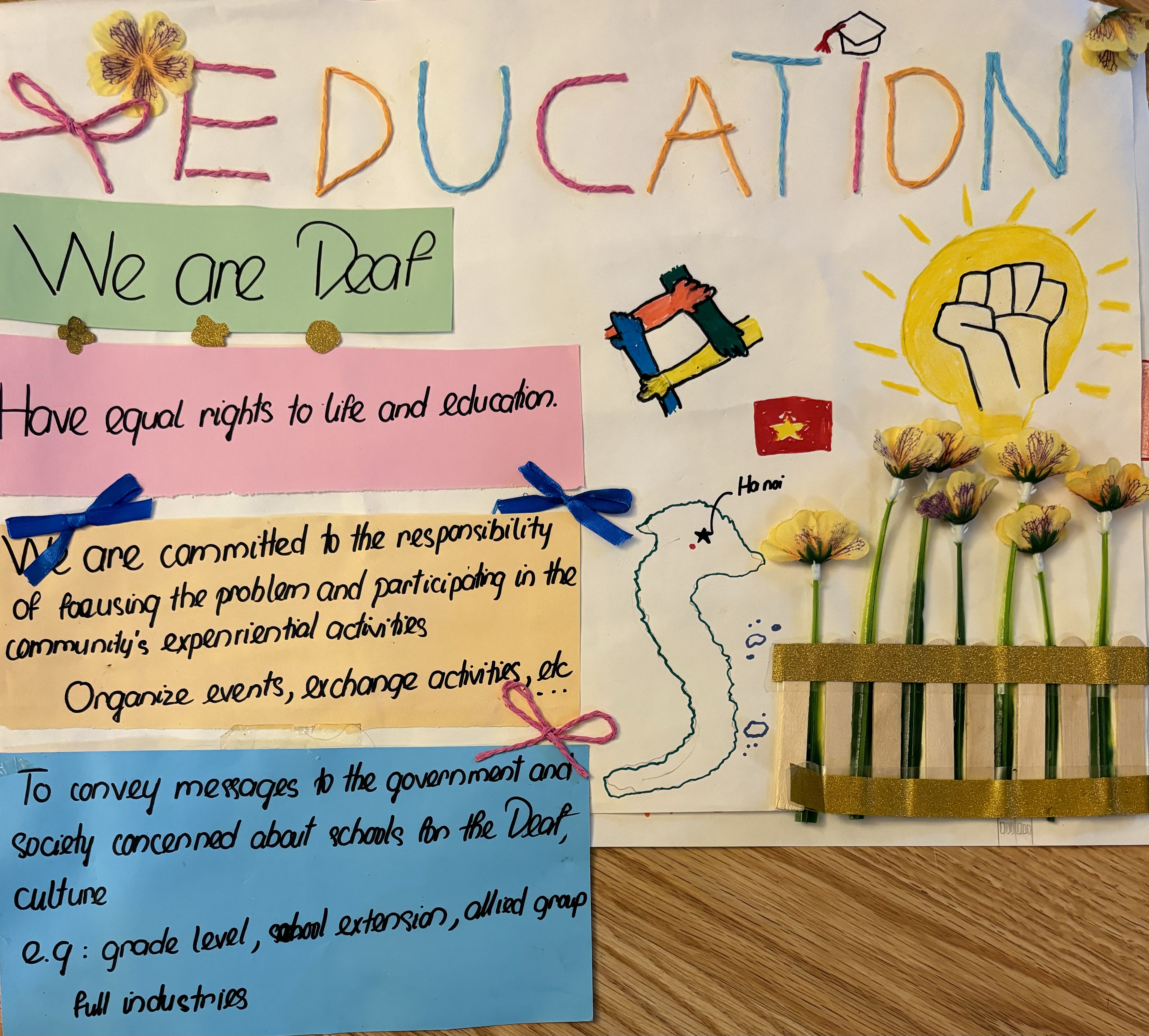In the Forefront: Assessing Public Housing Needs for Persons with Disabilities
Main Article Content
Keywords
Persons with disabilities, public housing, assessment, quantitative measures, advocacy, community empowerment, public policy
Abstract
Individuals living in low-income and marginalized communities often experience access issues when it comes to advocating for community resources and services, especially those services assisting people with disabilities (Anderson, Hergenrather, & Jones, 2021). Developing solutions with all stakeholders empowers individuals to help direct available resources towards new opportunities and professional development (Browne, Hackett, & Burger, 2017; Kennedy, 2018). Current research has also pointed to the importance of stakeholder engagement in public housing research (Mouratidis, 2020). In light of this information, there has been a paucity of disability research in a community center environment. Furthermore, residents with disabilities may face even greater obstacles acquiring services and advocating for their needs (Park, Cho, & Chen, 2019).
This research employed a quantitative approach to capture insights from community residents about their perceived needs of the community. Overall identification of needs was conducted to understand the needs of residents with disabilities and residents without disabilities. For residents with disabilities, the programs that were ranked highest in need were community projects, age-focused programs, and health related programs. For respondents without disabilities, the highest perception of need was for employment programs, and age-focused programs. These findings offer suggestions for future programming, policies and research.
References
The Influences of Consumer Race, Disability, and Poverty on Public Vocational
Rehabilitation Service Engagement. Journal of Rehabilitation, 87(1).
Barrie, K., Hallet, B., Hendry, A., Andrew, M., & Murdoch, H. (2019). Co-creating wellbeing
and community connections: understanding what matters to older housing residents. International Journal of Integrated Care (IJIC),
19. http://dx.doi.org/10.5334/ijic.s3246
Browne, D. R., Hackett, S., & Burger, A. (2017). Employing Community Voices: Informing
Practice and Programming through Camden Healthy Start Focus Groups. Maternal and child health journal, 21(1), 101-106.
http://dx.doi.org/10.1007/s10995-017-2382-0
Ciorici, P., & Dantzler, P. (2019). Neighborhood satisfaction: A study of a low-income urban
community. Urban affairs review, 55(6), 1702-1730. http://dx.doi.org/10.1177/1078087418755515
Dawkins, C., & Miller, M. (2017). The characteristics and unmet housing program needs of
disabled HUD-assisted households. Housing Policy Debate, 27(4), 499-518. http://dx.doi.org/10.1080/10511482.2016.1266372
Fenn, K., & Scior, K. (2019). The psychological and social impact of self‐advocacy group
membership on people with intellectual disabilities: A literature review. Journal of Applied Research in Intellectual Disabilities, 32(6),
1349-1358. http://dx.doi.org/10.1111/jar.12638
Generations United. (2020). Community building. https://www.gu.org/explore-our-topics/community-building/
Kennedy, H. (2018). How adults change from facilitating youth participatory action research:
Process and outcomes. Children and Youth Services Review, 94, 298-305. http://dx.doi.org/10.1016/j.childyouth.2018.10.010
Monical, K., Wettergren, K., & Mahaffey, L. (2020). How Does Performance Art Shape
Occupational Identity & Promote Empowerment for Disabled Artists?. American Journal of Occupational Therapy, 74(4_Supplement_1),
7411505228p1-7411505228p1. http://dx.doi.org/10.5014/ajot.2020.74S1-PO8722
Mouratidis, K. (2020). Neighborhood characteristics, neighborhood satisfaction, and well-being:
The links with neighborhood deprivation. Land Use Policy, 99, 104886. http://dx.doi.org/10.1016/j.landusepol.2020.104886
Park, S., Cho, J., & Chen, Y. C. (2019). Subsidized housing and geographic accessibility to
neighborhood resources for low-income older people: From later year social exclusion perspective. Geoforum, 106, 297-304.
http://dx.doi.org/10.1016/j.geoforum.2019.09.002
Weinstein, L. C., Chilton, M., Turchi, R., Klassen, A. C., LaNoue, M., Silvero, A., & Cabassa, L.
J. (2020). ‘It’s common sense that an individual must eat’: Advocating for food justice with people with psychiatric disabilities through
photovoice. Health Expectations. http://dx.doi.org/10.1111/hex.13101


